 Cyberattacks have grown in sophistication and frequency, so safeguarding infrastructure has never been more critical. Organizations need solutions that prioritize security, streamline operations, and adhere to zero-trust network principles.
Cyberattacks have grown in sophistication and frequency, so safeguarding infrastructure has never been more critical. Organizations need solutions that prioritize security, streamline operations, and adhere to zero-trust network principles.
A cyber-resilient server architecture provides the foundation for protecting, detecting, and recovering from threats. Let’s discuss how modern server platforms integrate cybersecurity and zero-trust strategies into every phase of the server lifecycle, offering a resilient foundation for today’s IT environments.
The Cybersecurity Imperative In Modern Infrastructure
Modern IT environments have grown complex, with servers deployed across on-premises, multi-cloud, and edge locations. This complexity increases the attack surface, giving cybercriminals more opportunities to exploit vulnerabilities. According to a study, global cybercrime damages are projected to reach $10.5 trillion annually by 2025.
As threats advance, businesses require secure, scalable infrastructure that anticipates and withstand the following changes:
- Sophisticated cyberattacks: Threat actors increasingly leverage automation, AI, and advanced tools to exploit vulnerabilities.
- Regulatory requirements: Compliance with dynamic cybersecurity mandates demands secure, verifiable infrastructure.
- Infrastructure security gaps: Traditional systems may lack the agility to adopt modern security frameworks like zero-trust networks.
A secure, cyber-resilient architecture tackles these challenges by embedding security into every aspect of server design, from hardware and firmware to supply chain integrity and data protection.
Core Principles Of Zero Trust
A zero-trust network assumes no entity, inside or outside the organization, is automatically trusted. Access is granted only after verification based on identity, behavior, and other risk factors. Organizations adopting this principle must ensure their servers and teams observe the following:
- Continuous authentication and authorization: Every user, device, and process is verified before gaining access.
- Principle of least privilege: Access is restricted to what’s necessary for each role or task.
- End-to-end data protection: Encryption secures data at rest, in transit, and in use.
- Real-time monitoring and response: Integrated tools detect, alert, and recover from anomalies.
The Security Advantage Across The Server Lifecycle
Creating a secure IT environment is an ongoing journey, requiring consistent vigilance and proactive measures. Dell PowerEdge Cyber Resilient Architecture addresses these needs by delivering comprehensive security controls that safeguard infrastructure at every stage of the server lifecycle:
- Secure Development And Design
Security starts with the design of Dell PowerEdge servers. The Dell Secure Development Lifecycle ensures that hardware and firmware are developed with stringent security standards in mind. Threat modeling, penetration testing, and secure coding practices help identify and mitigate vulnerabilities early in the design phase.
Key highlights include:
- Silicon-based Root of Trust (RoT): Immutable hardware anchors that validate server integrity during the boot process.
- Cryptographically signed firmware: Protects servers from malicious code injections.
- Compliance readiness: Dell PowerEdge meets critical certifications, including FIPS 140 and NIST standards, which provide confidence in secure deployments.
- Supply Chain Security
Supply chain vulnerabilities can introduce counterfeit components or malware into IT infrastructure. Dell PowerEdge servers address this risk with end-to-end supply chain assurance:
- Secured component verification (SCV): Ensures that shipped servers match factory configurations with cryptographically verified certificates.
- Software bill of materials (SBOM): Provides transparency into firmware components for vulnerability assessments.
- Tamper detection: Hardware intrusion sensors log and alert administrators to unauthorized physical access.
- Efficient Deployment And Configuration
Dell PowerEdge simplifies secure deployment with automated tools and controls. Zero-touch provisioning and secure boot processes minimize manual errors while maintaining system integrity. Features include:
- Trusted boot process: Verifies firmware authenticity using Intel Boot Guard and AMD Platform Secure Boot.
- Data encryption: Self-encrypting drives (SEDs) and Secure Enterprise Key Management (SEKM) protect sensitive data at rest.
- Dynamic USB port management: Allows administrators to disable ports to prevent unauthorized access.
- Ongoing Security Monitoring And Management
Real-time visibility is critical to detecting and mitigating threats. Dell PowerEdge servers integrate advanced tools for monitoring server health, activity, and security status:
- BIOS live scanning: Detects unauthorized changes to BIOS in real-time.
- Persistent event logging: Tracks configuration changes, login attempts, and hardware events.
- CloudIQ integration: Provides predictive analytics and centralized monitoring across the server fleet.
These features enable IT teams to identify anomalies quickly, take corrective actions, and maintain a secure server environment.
- Secure Decommissioning
When it’s time to retire or repurpose servers, Dell PowerEdge ensures data remains protected. Secure Erase capabilities wipe data from storage devices, preventing accidental data leaks. Options include:
- Instant secure erase (ISE): Erases data quickly and securely.
- Physical disk sanitization: Ensures drives are safe for reuse or disposal.
With these features, organizations mitigate risks associated with server decommissioning and repurposing.
Final Thoughts
Securing IT infrastructure requires a proactive, integrated approach to cybersecurity. By building zero-trust capabilities directly into its servers, Dell PowerEdge ensures that your infrastructure remains resilient, compliant, and prepared for modern challenges.
At WEI, our team of experts specializes in helping organizations deploy secure, efficient, and resilient IT solutions. With expertise in server architecture and cybersecurity best practices, WEI can help you design and implement a zero-trust strategy that aligns with your business goals. Contact WEI today to learn how Dell PowerEdge Cyber Resilient Architecture can protect your organization’s IT infrastructure and enhance your cybersecurity posture.
Next Steps: As a longtime partner, WEI knows that Dell Technologies follows an intrinsic approach to cybersecurity. Security is integrated, not bolted-on after the fact, and it is integrated into every step of Dell PowerEdge. Learn how Dell PowerEdge servers follow this strategy and mindset in this short video.












